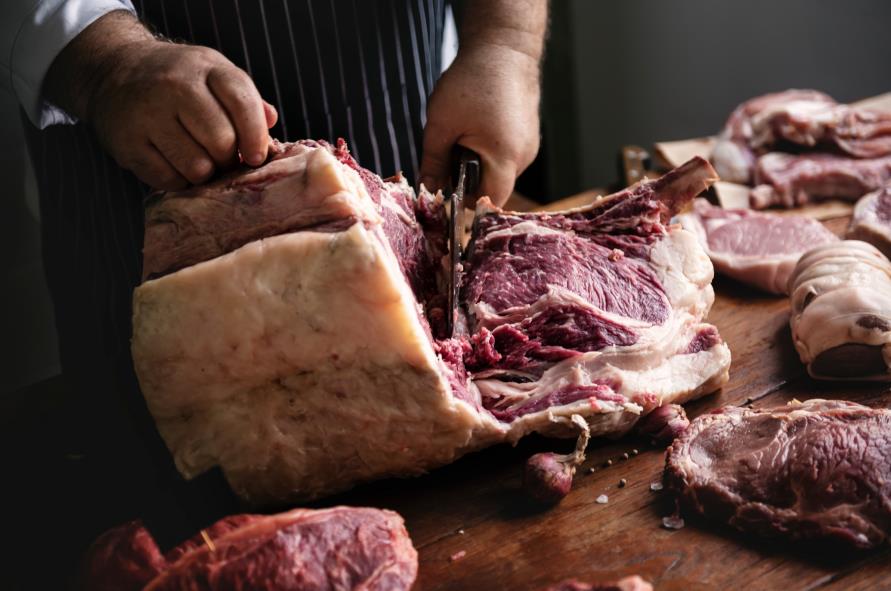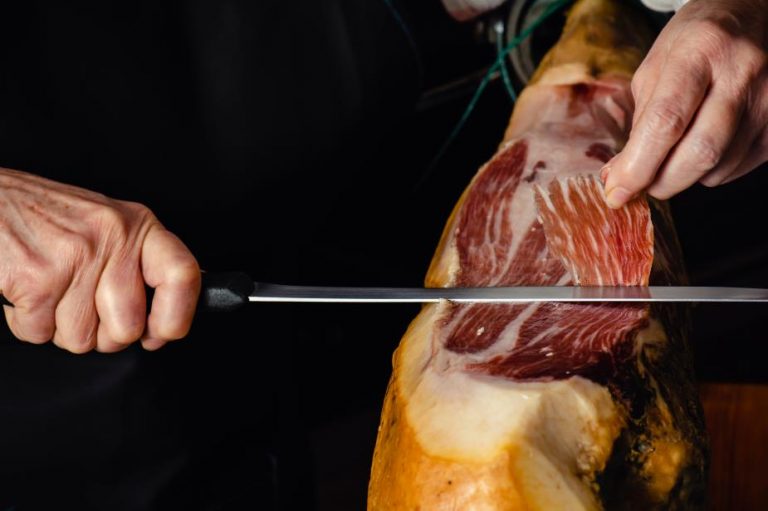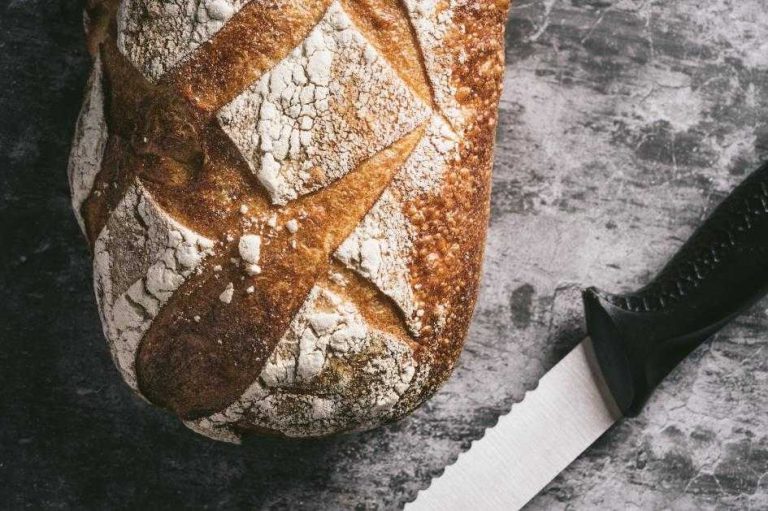The butcher knife holds an assured place in the heart of many home cooks, rural homesteaders, butchers and professional chefs.
It’s a giant of the knife world and not just in size! A good butcher knife is the height of powerful cutting power and heft to get through the toughest ingredients – dense animal flesh and bone.
Let’s examine the butcher knife more closely and establish some key points:
- What is a butcher knife?
- What is a butcher knife used for?
- What are the different types of butcher knife available today?
- How do these different types of butcher knife perform and what are they best at?
- Are butcher knives successful products for the knife retailer?
- Is it advisable to stock butcher knives as part of your knife products range?
We’re going to answer all these questions for you and then some! But first, let’s start off with the basics.
What is a butcher knife?
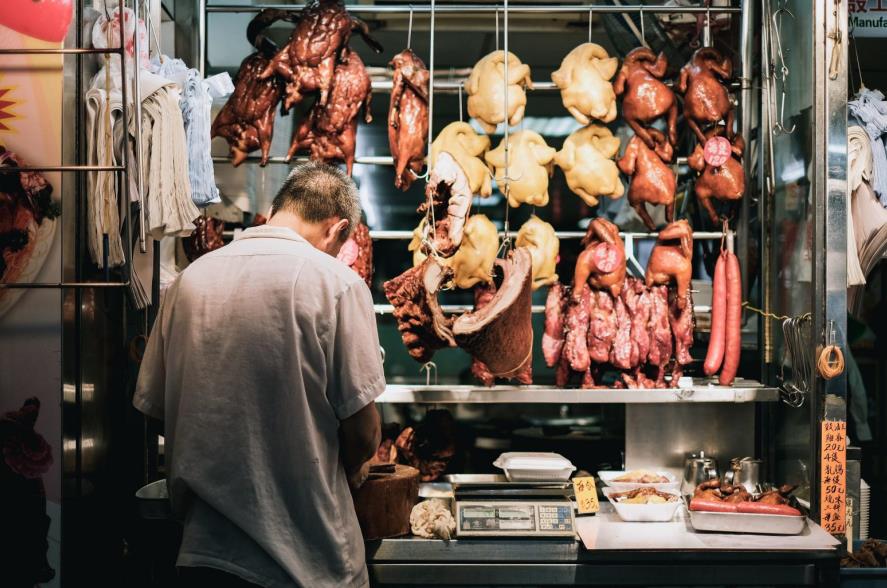
A butcher knife often refers to a large and heavy knife used for breaking down and portioning animal carcasses or large pieces of meat.
Ordinarily a butcher knife is bigger than a chef’s knife and has more weight in its blade and general construction, meaning that it powers through flesh, sinews, cartilage and bone with ease and can even be used for skinning.
Butcher knives range from 6 to 14 inches in blade length, however most home cooks would only need a butcher knife of 5 to 10 inches. A customer who works in butchery or hunts would find the larger sizes of butcher knife more suitable.
What is a butcher knife used for?
No matter which kind, a butcher knife is primarily used for breaking down whole animals or large pieces of meat into smaller portions. This includes tasks like:
- Trimming ribs
- Trimming fat and bone from large cuts like the butt or shoulder
- Skinning the fur and removing silver skin
- Deboning
- Removing unwanted bits like gristle, tough sinew or viscera
- Trimming and dressing a carcass such as a deer outdoors
- Breaking down whole poultry or game birds into portions
- Sectioning big pieces of meat into serving/portion sizes for sale
Although big and cumbersome in size, a butcher knife can also be used to chop down tough ingredients like thick skinned squashes, pineapples, nuts or coconut if necessary.
Buy Wholesale Knives and Start Scaling up with Us Today
Contact us and connect with a sales rep to get a free quote.
The different types of western style butcher knives
The butcher knife ‘family’ is not just limited to the typical large butcher knife we’ve been discussing. Other Western style knives fall under the grouping of ‘butcher knives’ and we’re going to look at these in more detail.
The traditional butcher knife
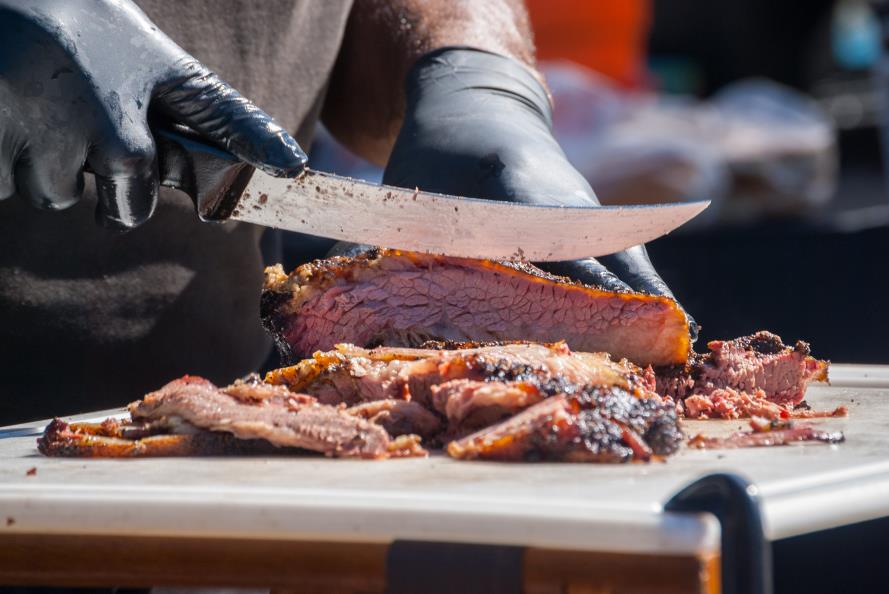
The traditional butcher knife looks like a very big Chef’s knife with a curved belly. It has a wide, thick and sharp blade that curves slightly along the belly and comes to a point at the end. This blade can be serrated or smooth edged, depending on what the customer needs.
The advantage of a serrated/scalloped edge is that raw meat won’t stick as much to the blade, meaning that the person using the knife can work more quickly and with less effort.
Because of the heavy duty work that a butcher knife needs to perform, the blade should be made of a heavy duty steel that can take abuse and hard usage in the kitchen or meat processing environment.
The meat cleaver
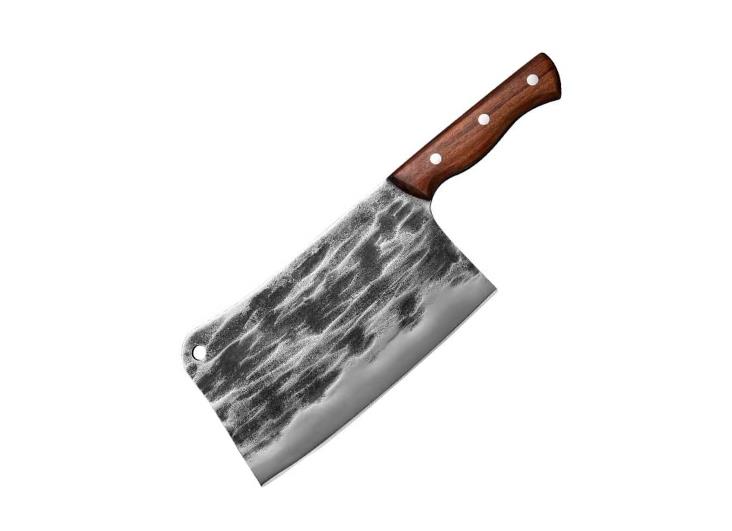
A meat cleaver is another heavy implement used for meat butchery. It has a thick, rectangular shaped blade made of heavy steel to chop straight down through thick pieces of meat and bone.
Main uses of the meat cleaver
Heavy butchery. This large and heavy chopping implement is perfect for cutting through bones and joints to disassemble an animal carcass. Its heft allows for even thick marrow bones to be sectioned.
The boning knife
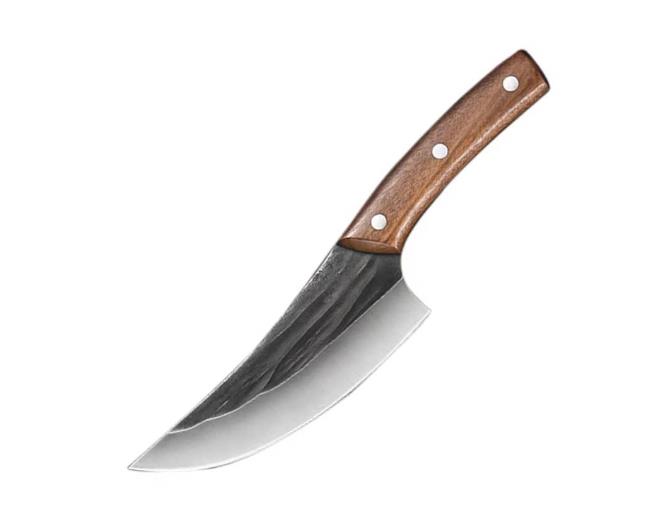
A boning knife features a relatively short blade with a pointed tip. Some boning knives have a distinct curve to the belly of the blade, others are straighter edged.
Main uses of the boning knife
Removing the bones from meat, poultry and fish. The non – rigid blade easily cuts through ligaments and connective tissue to separate meat and bone without wastage.
The carving knife
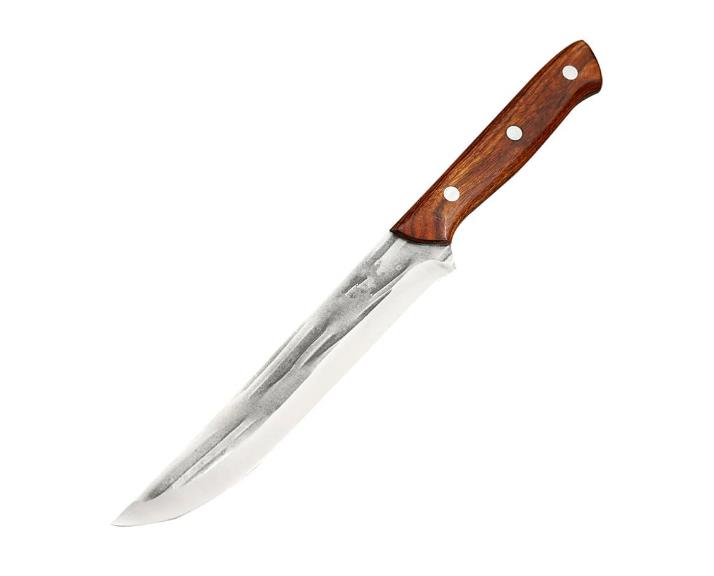
A carving knife is a long knife that tapers to a sharp point at the tip. The belly of a carving knife can be straight edged but usually has some curve to it at the belly.
The long blade allows for the user to slice through large roasts or joints of meat with one smooth stroke.
Main uses of the carving knife
Carving and slicing up cooked meats and poultry. The length of the blade gives whole, even slices of things like beef roasts so that these can be served attractively on the plate or used for sandwiches for example.
The fillet knife
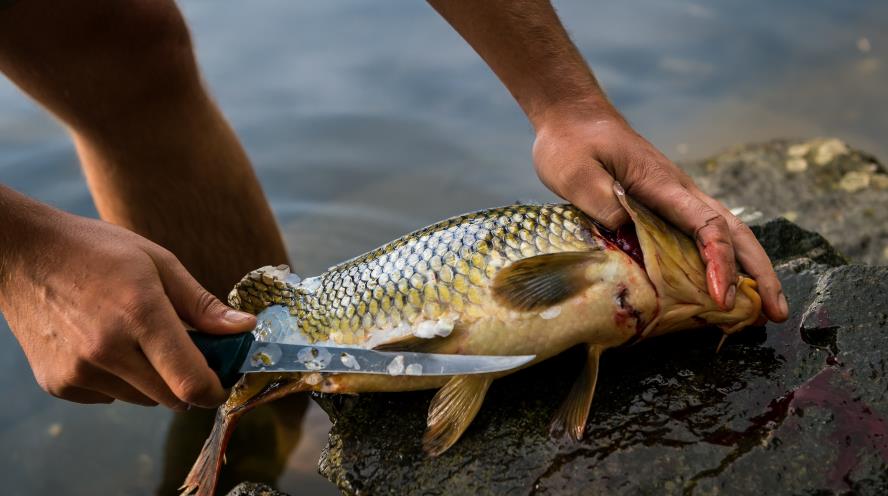
The fillet or filleting knife has a short, thin blade that can be quite sharply curved along the belly. The blade ends in an upward curve and terminates in a fine point.
Main uses of the fillet knife
To remove fillets of fish from a whole fish and to separate meat from bone without waste.
Buy Wholesale Knives and Start Scaling up with Us Today
Contact us and connect with a sales rep to get a free quote.
Japanese style butcher knives
As usual, our friends in the Orient are not to be outdone. The Japanese culture has developed its own class of butcher knives, and these are as effective as the Western style knives that many customers may be more familiar with.
Although some of these knives may require a bit of knowledge and practice to use and look after properly, it’s effort well invested as Japanese knives are amongst some of the finest in the world!
Let’s examine some of these Eastern butcher knives.
The petty knife
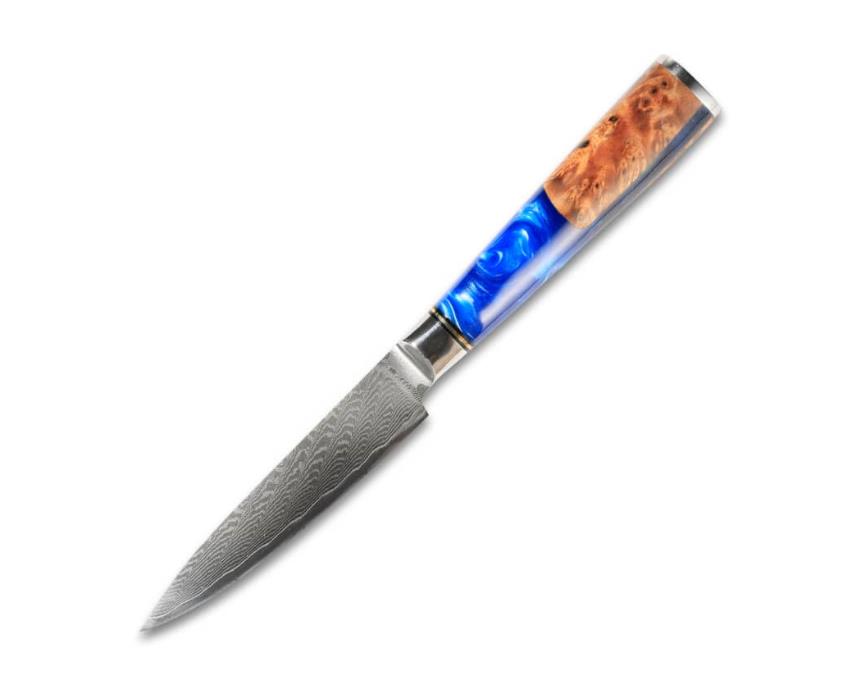
Although not a big knife in size at around 6 inches, the petty can be likened to the Western utility knife.
With a tapered blade ending in a point and some belly to the blade, the petty knife can be used in thrust/push cutting or ‘rock chopping’ motion, which makes it versatile.
In the image of Japanese knives below, the petty is the first knife on the left.
Main uses of the petty knife
Because of its medium size, the very sharp petty knife can be used on detail or smaller butchery tasks like trimming steaks.
The larger petty knives are also very adept at breaking down chickens and other poultry into portion pieces.
The honesuki knife
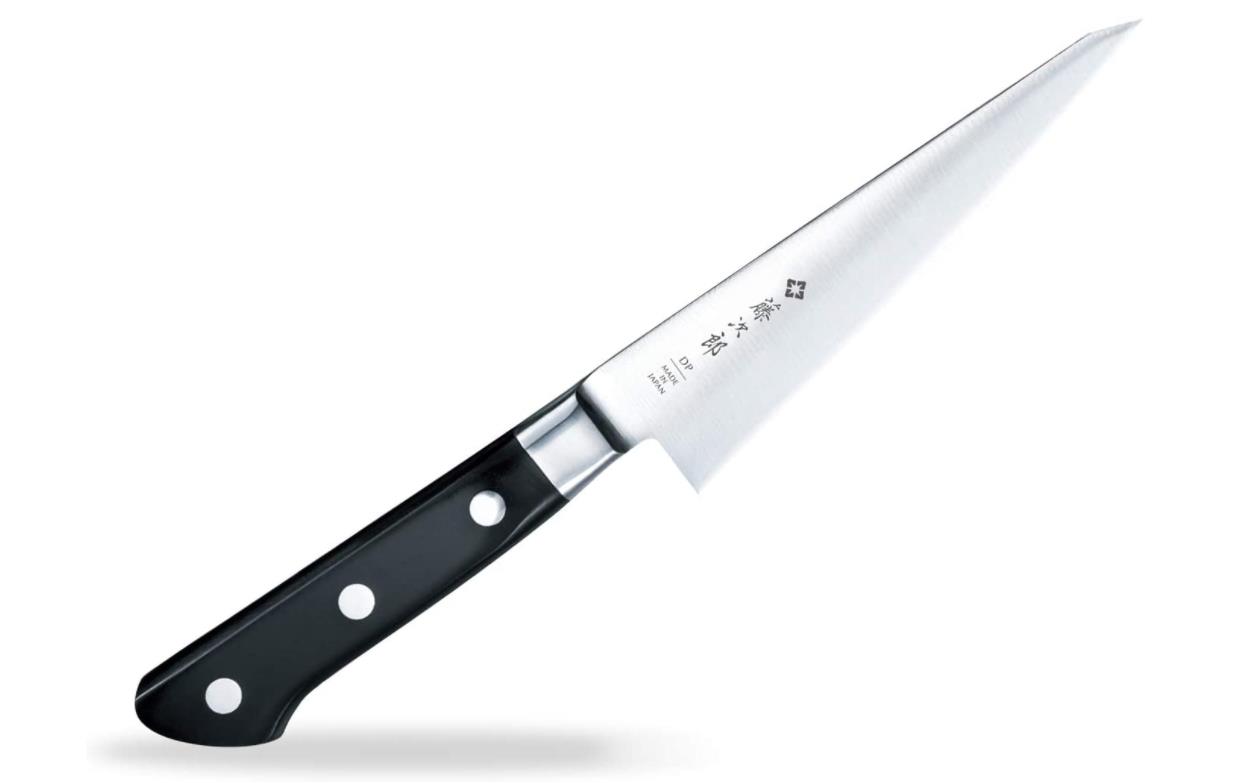
The Honesuki is Japan’s closest version of a Boning knife and has a triangular, thicker blade – particularly along the spine.
The Honesuki is a small knife, being about 5 inches in length and it features a reverse tanto (or downward angled) tip for angling into joints. Honesuki can be bought today single or double beveled to suit any handedness.
Main uses of the honesuki knife
As it has a thick, robust blade relative to its size, the Honesuki knife is very good at breaking down whole poultry and bird carcasses into portions.
As it’s super frugal and savvy to buy poultry whole and portion it in the home, many Honesuki users save money regularly by butchering their own chickens, duck etc.
This makes the Honesuki especially applicable in the rural/farm setting, for hunters, or wherever restaurants buy in whole poultry.
The hankotsu knife
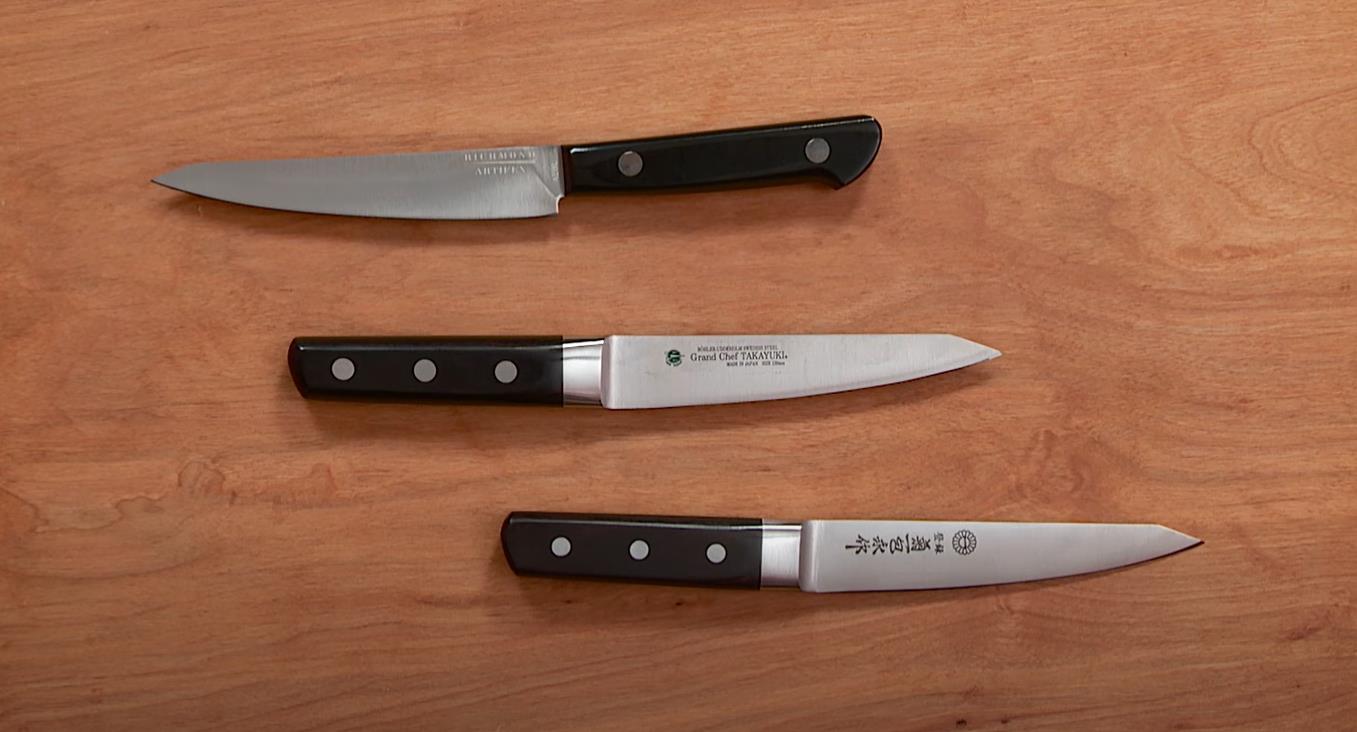
Another smaller knife at around 5 inches, this knife has a blade that’s thick and very sturdy and good for general butchery of smaller carcasses or carcasses that have already been jointed.
The blade of a Hankotsu knife is triangular, narrowing towards the tip of the blade. The tip of the blade itself is a ‘clipped point’ downward sloping straight edge or reverse tanto shape.
Main uses of the hankotsu knife
This knife is a true butchery pro as it’s designed to separate meat from bones and butcher pieces of meat off a hanging carcass.
Although it shouldn’t be used to cut through bone, it is very sharp and capable of most meat butchery tasks and breaking down whole poultry.
As the first third of the blade (from the heel) is often not sharpened to prevent hand slippage injury, this area can be used for scraping flesh off the sides of bones quite effectively.
The deba knife
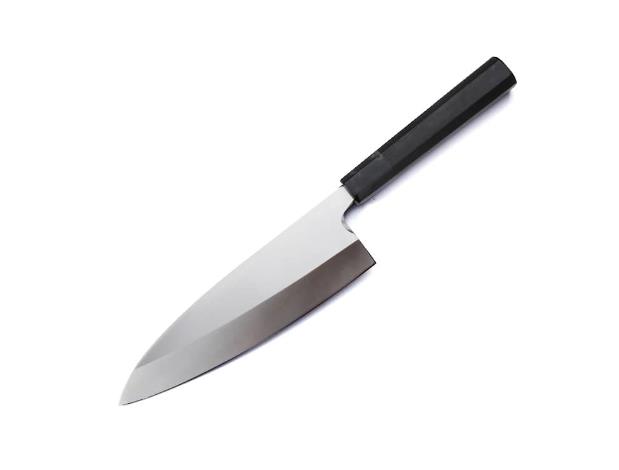
The equivalent of the Western fillet knife, the deba is Japan’s chosen blade for filleting.
As seen in the image above, Deba knives vary in size and have a distinctive triangular profile, tapering thinner towards the tip of the blade and ending in a point.
Main uses of the deba knife
The deba’s core function is the filleting and slicing of whole fish. This knife would see a lot of usage in fish and sushi/sashimi restaurant kitchens as well as in coastal areas where a lot of fish is consumed.
Which are the best types of butcher knives to include in a set?
Now that we’ve looked at some examples of both Western and Eastern style butcher knives, let’s think about the correct or most useful knives to include when marketing and selling a set of butchery knives.

Meat cleaver for heavy butchery
As a starting point, for ‘from scratch’ butchery a heavy, durable and solid piece of equipment is needed for breaking down carcasses and getting through tough cartilage and bone.
The only knife we can recommend here is the cleaver. Whether the Western style version or the very similar Chinese style cleaver, it’s a ‘must have’ if large scale, thwacking butchery is to be undertaken.
A large chef’s knife or Honesuki for butchering poultry
Both of these knives will work admirably to cover poultry butchering needs and if the Chef’s knife is durable and of a good size (around 10 inches) it’ll offer good versatility too for other kitchen tasks like fruit and veg prep.
Boning knife for deboning and trimming
The long, thin blade of a boning knife is specifically shaped for deboning meat and fish and this ability is not the same as filleting as the cutting action is different. For this reason, if meat and fish are to be deboned, a boning knife will be an essential part of the butchery kit.
Fillet knife or Deba for filleting
Both the Western fillet knife and its counterpart the Japanese deba are star pieces of kit for filleting fish and meat, and thus should be included in any worthwhile butchery set.
Restaurants in particular serve large quantities of fillet portions and would benefit greatly from having a dedicated filleting tool.
Buy Wholesale Knives and Start Scaling up with Us Today
Contact us and connect with a sales rep to get a free quote.
The success of butcher knives in the retail market
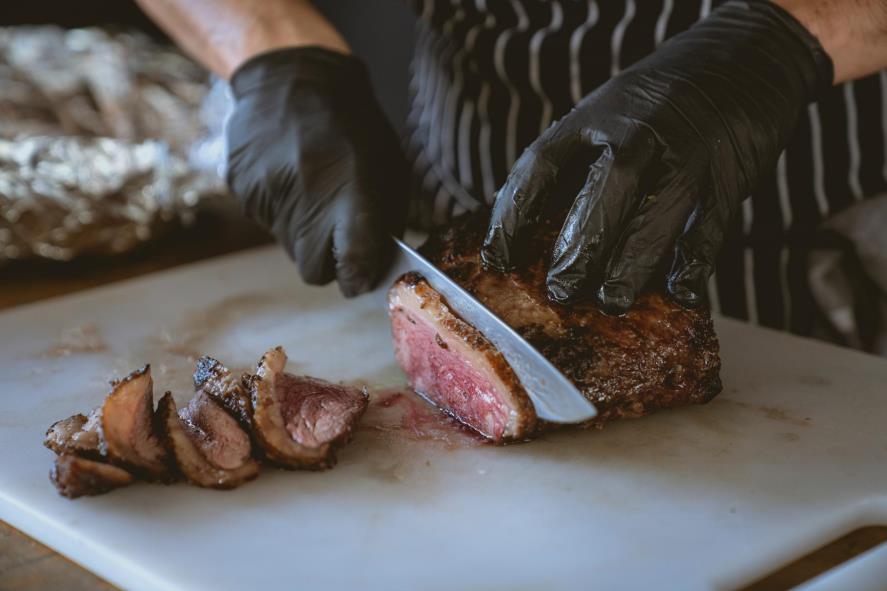
Butcher knives have proven success in the sales field, being high sales products for companies like Victorinox, F. Dick and Dalstrong.
This success is repeatable with a good quality product at the right price point and LeeKnives is proud to supply a range of well – crafted and eye pleasing knives of established quality standards.
Should you sell butcher knives?
Certainly, butcher knives add so much functionality to the kitchen, whether bought individually or in a set.
With food prices soaring, many folks are turning towards butchering their own meat or buying meat to break down into serving sizes for home freezing, it just makes financial sense.
For the hobbyist butcher or professional chef too, cutting costs and ensuring the quality of the butchery is a prime concern, and your own set of butcher knives allows you to accomplish that.
For farming communities or outdoor enthusiasts that live in rural areas where hunting and animal slaughter are practiced, butcher knives aren’t just peripheral items, they’re absolutely necessary to daily survival and will be tools that see almost daily use.
In conclusion
We hope that this overview of butcher’s knives and the different types available has given you some insight into the carnivore’s essential toolkit!
These sturdy and well designed implements are worthwhile additions to any knife collection as they add undeniable functionality and versatility wherever meat and fish are consumed or sold.
Do visit again on our blog as we have loads of exciting, interesting articles that will give you the low down on knives and selling knives profitably.
We’re also big into providing the best of sales advice and of course quotes are hassle free too. It’s been great to include you, friends, as we soar towards knife retail success!
